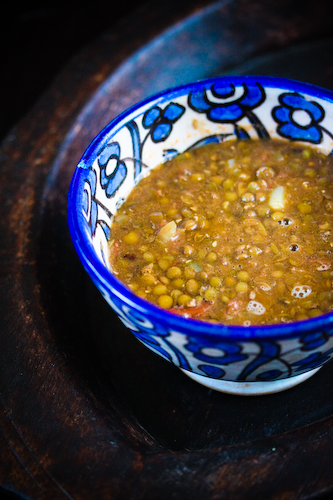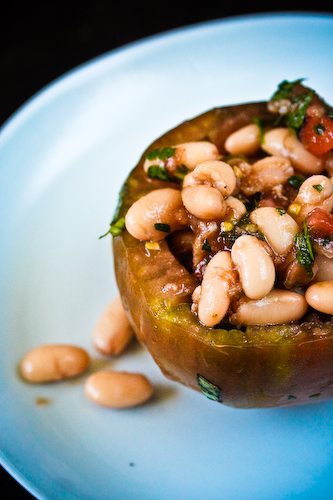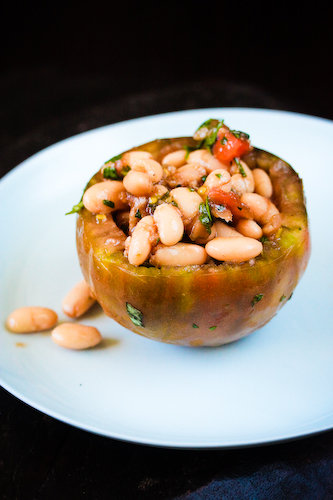It's autumn officially now I believe. The last day of September, or perhaps by the time I publish this post, the first of October. Kids are back in school, I'm back in school, I might even be TA'ing for some of your older kids if they happen to go to a certain university. If I am, sorry for not giving out very many 'check pluses' on the last response paper. Best of all, my favorite TV shows are back. My beloved Bones (I love Dr Brennan so friggin much), my also-beloved Criminal Minds (I love Garcia so friggin much), even Glee (oh Sue, I love you too). Basically, if you have a compelling female character (or three! I'm looking at you CM, at least I was before I finished this last episode. What the heck?!) I probably love you. Helps me pare down tv shows pretty quickly, unfortunately. But that's how I roll. Love the leading ladies.
So between watching great TV, working on my dissertation, and grading your little darlings' papers, I also have a part-time job. And in the middle of the day while at that part-time job, I get to have a lunch break. A real, honest to goodness lunch break, the way adult people do. So sometimes I get a salad, sometimes a sandwich, and often I get a bowl of lentil chili. Which made me think, 'why in the world am I buying lentil chili when I could just make it?' Enter Mollie (with an "ie") Katzen.
This is her lentil chili, but I have some caveats. First: there just never seems to be enough liquid whenever I deal with lentils. Maybe mine are particularly thirsty? Or just greedy? Either way, I added far more liquid than she required, and still the chili was bordering on a lentil mash rather than a stew. I'm going to reproduce the recipe I actually made below, but in the future, these are the things I would do differently:
* Cut the amount of lentils in half
* Keep the liquid the same, the tomatoes the same and probably the seasonings about the same, but you'd have to adjust them to your taste.
* Same amount of onion, too, since I love onion.
Mollie Katzen's Lentil Chili
Adopted from Mollie Katzen's Still Life with Menu Cookbook
4 cups dried lentils (any kind, really)
2 cups tomato juice (can replace with just water if you want)
4 - 5 cups water
1 1lb can tomatoes, undrained, but broken up (which you can do with your spoon once they're in the chili)
2 teaspoons ground cumin
1 teaspoon paprika
1/2 teaspoon dried thyme
10-12 medium garlic cloves (don't worry, it's not overpowering)
1 largish onion, chopped
2 teaspoons salt
Pepper to taste
6 tablespoons tomato paste
1-2 tablespoons red wine vinegar
Crushed red pepper, to taste
Put the lentils, the tomato juice and 4 cups of water into a large pot or dutch oven. Bring the liquid to a boil, then put the lid on only slightly askew so some of the steam can escape. Lower the heat and simmer for about 30 minutes. Start chopping your vegetables.
Add the tomatoes, cumin, paprika, thyme, garlic and onions. Stir until everything is combined, then return the lid to the position it was in before and simmer for another 45 minutes, and up to an hour, if that's what it takes for the lentils to become tender. Stir occasionally, scraping along the bottom of the pot to prevent sticking. If you notice the water level going down too much, add some more.
Add the salt, pepper and tomato paste and stir again. Continue simmering until the lentils are very soft, maybe even 30 minutes more.
Just before serving, stir in the vinegar and red pepper. Adjust the seasonings if necessary and heap into big bowls.
UPDATE: Have lots of leftover chili? You could try this idea for turning your leftovers into Lentil Chili Burgers!













